HOW TO PERFORM CARDIO WHILE BULKING & BUILDING MUSCLE
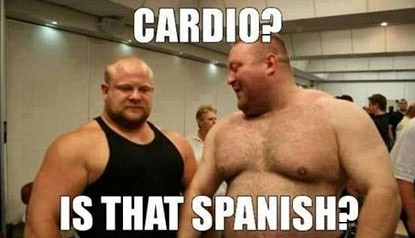
It’s pretty much a given that if you’re implementing a cutting phase and aiming to lose fat, a few cardio sessions per week should be included in your overall routine. It will help you burn through additional calories and maintain a net calorie deficit without forcing you to drop your food intake to an excessively low level.
But what if your primary goal is to bulk up and increase your muscle size and strength? Should you still include a few cardio sessions throughout the week, or should you just put 100% of your focus on heavy weight training and eating in a calorie surplus?
This is a topic surrounded by a ton of confusion and conflicting advice, and I’ll say up front that there is no single, absolute guideline that can be applied across the board to everyone. The exact prescription will depend on things like body type, activity level outside the gym, appetite and how your weight training routine is structured.
However, instead of rambling on and giving jumbled advice that leaves you just as confused at the end as you were when you started (this is what most of the typical “cardio while bulking” advice out there seems to do), I’ll just aim to condense this all down into a simple set of guidelines that will work well for the majority of people in the majority of situations.
How To Perform Cardio While Bulking
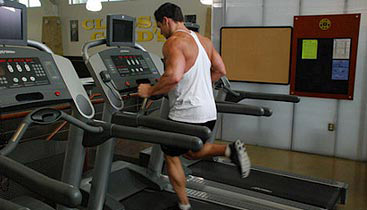
First off, is cardio even necessary in the first place if all you really care about right now is packing on size and strength? Can you skip those sessions on the treadmill altogether and still carry out a successful mass gaining phase with minimal gains in fat?
While it’s certainly possible to achieve significant lean gains without doing any cardio at all (assuming your diet is properly controlled) if we’re talking about what is optimal in the overall picture, then yes, I would recommend that you include somecardiovascular exercise in your plan.
Here are 4 reasons why…
#1 – Metabolic Conditioning
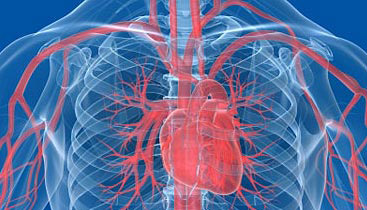
Aside from your aesthetic desire for a big chest and lean abs, let’s not forget about the basic benefits of simply maintaining sound overall cardiovascular conditioning.
If you’re employing a typical muscle building style routine that involves low to moderate repetitions and longer rest intervals in between sets, you’re really not getting much in the way of effective cardiovascular work, and it won’t be long before you feel winded simply walking up a flight of stairs.
A few points to consider on the issue of improving your overall metabolic conditioning…
First, it will have direct carry over to certain exercises that you perform in the gym. For example, having decent cardio conditioning and work capacity will benefit you on big compound lifts when they’re taken into slightly higher rep ranges, as well as helping you recover faster in between sets.
Secondly, if you perform little to no cardio during your bulking phase, it’s going to be a very painful process shifting into regular cardio once you decide to cut. Excessive periods without cardio exercise will cause your overall conditioning to plummet very quickly, and you’ll then have to build it right back up from scratch.
Thirdly, poor cardiovascular conditioning will also negatively impact you in other areas of your life. For example, if you’ve been neglecting your cardio altogether and then head out to play a game of basketball with your buddies, it won’t be long before your lungs catch fire and the experience is no longer enjoyable for you.
#2 – Calorie Partitioning
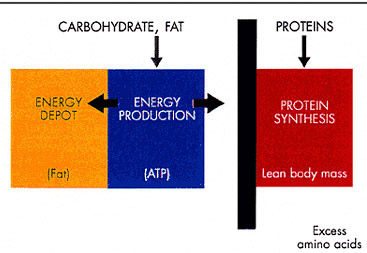
This basically refers to where calories and nutrients are stored on your body, as well as where they are burned from during a calorie surplus or deficit.
In combination with weight training, regular cardio may improve calorie/nutrient partitioning by encouraging the preferential shuttling of nutrients into skeletal muscle tissue and away from fat stores.
#3 – Active Recovery
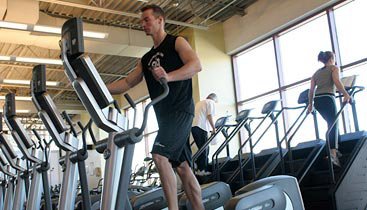
Lower intensity forms of cardio can actually improve your recovery in between workouts by increasing blood flow and nutrient uptake into your muscles.
For example, if you performed an intense leg workout and were feeling beat up and sore in the days that followed, a low to moderate intensity walk on the treadmill could help out.
For upper body, the rowing machine or even very light body weight movements could be used.
#4 – Body Fat Minimization

Controlling your overall calorie and macronutrient intake is certainly the most important factor when it comes to minimizing fat gains during a bulk, but a bit of extra cardio can help out as well.
I always recommend that you bulk in a slow, gradual fashion by maintaining only a small calorie surplus, and cardio can be a useful tool to ensure that you don’t go overboard.
Or, if you have a very large appetite and simply want to eat more than your calorie surplus allows for, including extra cardio can allow you to increase your overall food intake while still keeping your total calories in the right range.
However, this point is admittedly a little tricky, since low intensity cardio can actually have the reverse effect by stimulating your appetite further, which in turn may cause you to eat more.
The solution is to keep your cardio sessions limited (I’ll talk about this in a second) and to use a mix of higher intensity and lower intensity forms. (Higher intensity forms do not have the same appetite-stimulating effect, and may even decrease your overall appetite)
“But Won’t Extra Cardio Eat Into My Gains?”
As they say, “the devil is in the dosage”.
In other words, it really just depends how you go about it.
Yes, performing an excessive amount of cardio throughout the week is certainly not recommended during a bulk, as it definitely can impede muscle recovery and growth if you go too far.
However, this would likely require more cardio than most people think, and most trainees can recover just fine without any adverse effect on muscle growth as long as the frequency/intensity/duration is moderated and the diet is properly structured.
Practical Cardio Guidelines
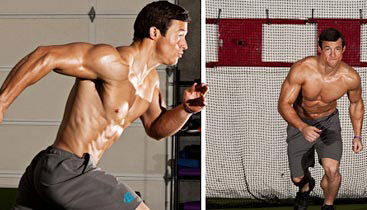
As I said before, the specific amount of cardio that you include does depend on a variety of individual factors. For most people though, 2-3 sessions per week is a good guideline to follow. Go with 1-2 higher intensity interval-based sessions in the 8-20 minute range, and 1-2 lower intensity aerobic sessions in the 40-60 minute range.
You should ideally aim to space these sessions at least 8 hours away from your weight training workouts, or just perform them on your off days from the gym.
Whether you go with the lower end of 2 sessions or the higher end of 3 will depend on…
Body Type: If you’re a typical hardgainer and don’t gain fat easily, keep it on the lowest end. If you tend to gain fat more easily, perform more.
Activity Level: If you work a desk job then you’d obviously benefit from more, whereas a more active job would allow you to get away with less. As a side note, if you work a very strenuous job such as construction, you probably won’t require any traditional cardio at all.
Appetite: If additional cardio makes you very hungry, and this is not desirable for you, perform a bit less (or perform less aerobic cardio in comparison to H.I.I.T). Or, if the increase in appetite is actually helping you hit your calorie needs that would have otherwise been tough to reach, perform more.
Weight Training Schedule: If you’re performing 5 full weight training sessions per week, you can probably only perform a limited amount of cardio before you run the risk of overtraining.
Or, you can simply stick primarily to low intensity aerobic forms in this case. If you’re only weight training 3 days per week, overtraining becomes much less of an issue.
How To Perform Cardio While Bulking: Summary
So, to conclude…
Yes, I would recommend that you perform cardio even if your primary goal is to gain muscle, because it will increase your metabolic conditioning, improve nutrient partitioning, optimize recovery and help keep body fat levels under control.
Go with 2-3 sessions per week from a mix of low duration H.I.I.T cardio and longer duration aerobic cardio, spaced at least 8 hours away from weight training if possible. The specific amount and breakdown of your cardio is influenced by your body type, activity level, appetite and your weight training schedule.
If you found this article helpful, make sure to sign up for your FREE custom fitness plan below...




